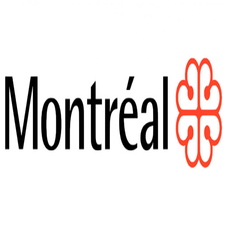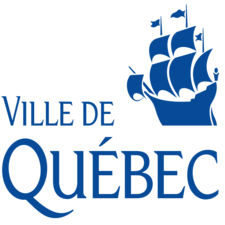Circulation
Type of resources
Topics
Keywords
Contact for the resource
Provided by
Formats
Representation types
Update frequencies
status
-

Data set geolocating traffic signs (road and parking) on Montreal territory. The location and details of the traffic signs attached to the posts are available in the datasets [Road Signs (excluding parking)] (https://donnees.montreal.ca/dataset/panneaux-de-signalisation) and [Signage (on-street parking)] (https://donnees.montreal.ca/dataset/stationnement-sur-rue-signalisation-courant). The POTEAU_ID_POT identifier is shared between the various datasets and can be used to link them.**This third party metadata element was translated using an automated translation tool (Amazon Translate).**
-

Information on the nature, duration and obstacles caused by ongoing work on major projects on the City of Montreal's road network.**This third party metadata element was translated using an automated translation tool (Amazon Translate).**
-

This file contains the location of all traffic lights managed by the City of Montreal. The file contains the reference number of the intersection where the light is located, the names of the two streets that form the intersection, and the geographic coordinates of the center point of the intersection.**This third party metadata element was translated using an automated translation tool (Amazon Translate).**
-

Interactive map that lists major traffic obstacles on the Repentigny road network.**This third party metadata element was translated using an automated translation tool (Amazon Translate).**
-

Counts of vehicles, cyclists and pedestrians at the majority of intersections equipped with traffic lights, as well as some intersections where the installation of lights was under consideration. For each of these intersections, all located in the 19 boroughs, the number of vehicles and pedestrians was recorded at different times of a typical day. Counts may sometimes not take into account certain users (pedestrians, cyclists, trucks for example). NOTE: since 2009, the surveys also include the passage of cyclists. The counts were carried out as part of the harmonization of fires. These are therefore counts from the central services and they do not include the counts made by the boroughs.**This third party metadata element was translated using an automated translation tool (Amazon Translate).**
-

Location of traffic cameras under the responsibility of the Ministry of Transport and Sustainable Mobility. These cameras are located at strategic locations on the road network to ensure the safety of road users. Each camera has a URL that allows you to view the video stream of images. The cameras available are those displayed on the interactive map of Quebec 511.**This third party metadata element was translated using an automated translation tool (Amazon Translate).**
-

Intersection mapping with traffic control device.**This third party metadata element was translated using an automated translation tool (Amazon Translate).**
-

Linear network representing the estimated traffic flows for roads and highways managed by the Ministry of Transport and Sustainable Mobility (MTMD). These flows are obtained using a statistical estimation method applied to data from more than 4,500 collection sites spread over the main roads of Quebec. It includes DJMA (annual average daily flow), DJME (summer average daily flow), DJME (summer average daily flow (June, July, August, September) and DJMH (average daily winter flow (December, January, February, March) as well as other traffic data. It is important to note that these values are calculated for total traffic directions. Interactive map: Some files are accessible by querying an à la carte traffic section with a click (the file links are displayed in the descriptive table that is displayed upon click): • Historical aggregate data (PDF) • Annual reports for permanent sites (PDF and Excel) • Hourly data (hourly average per weekday per month) (Excel) **This third party metadata element was translated using an automated translation tool (Amazon Translate).**
 Arctic SDI catalogue
Arctic SDI catalogue